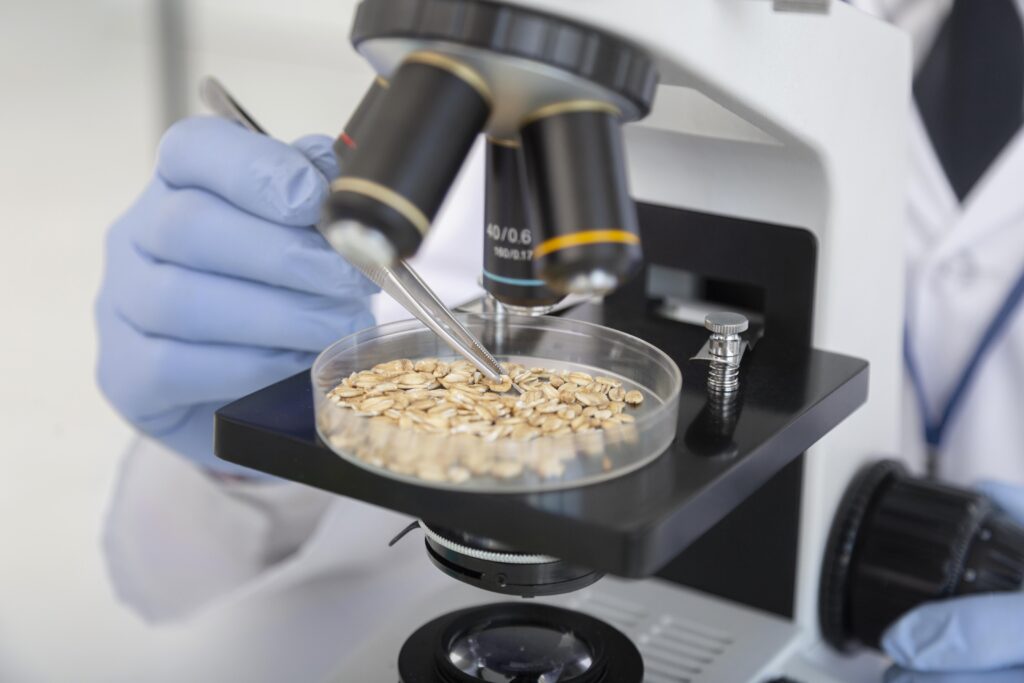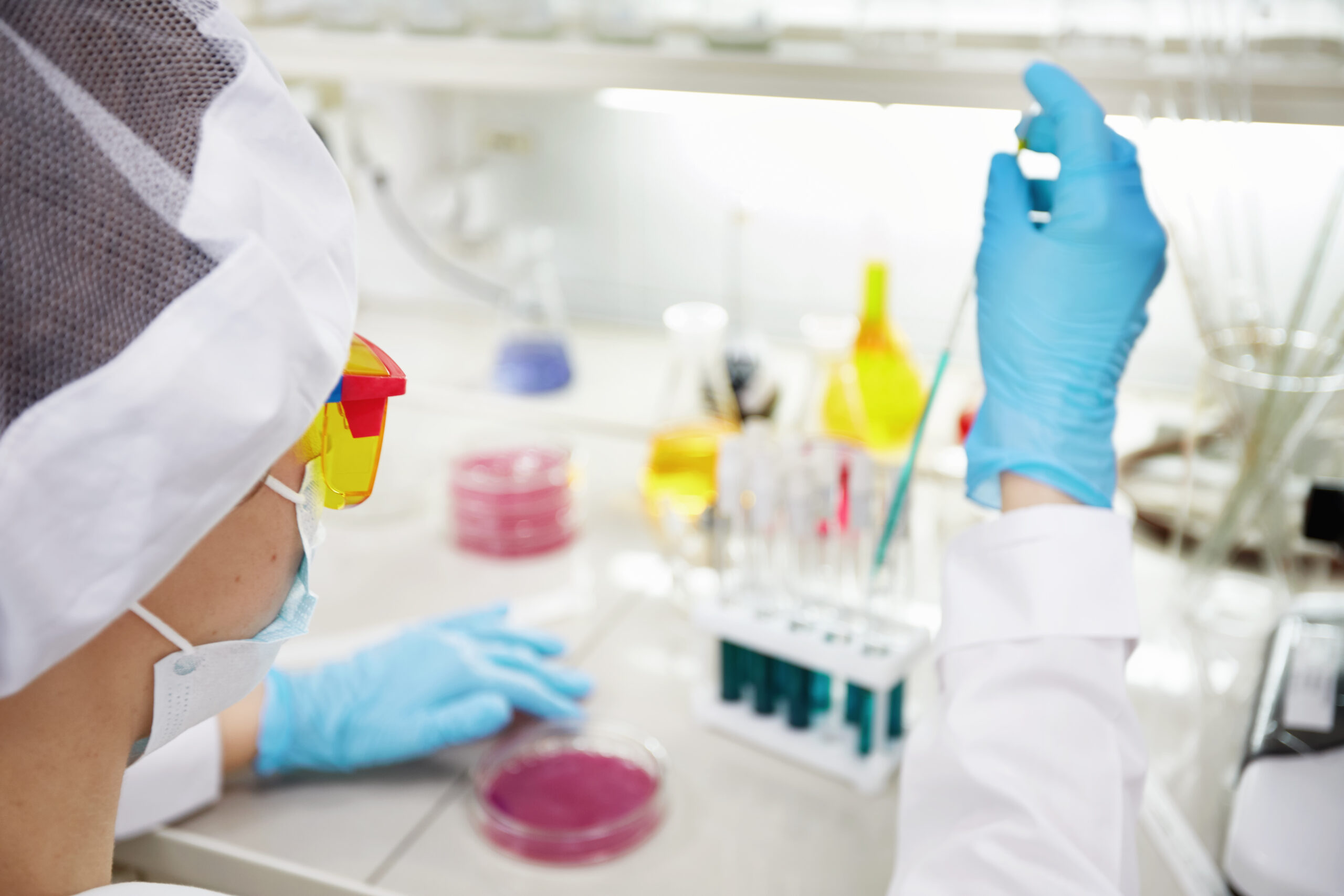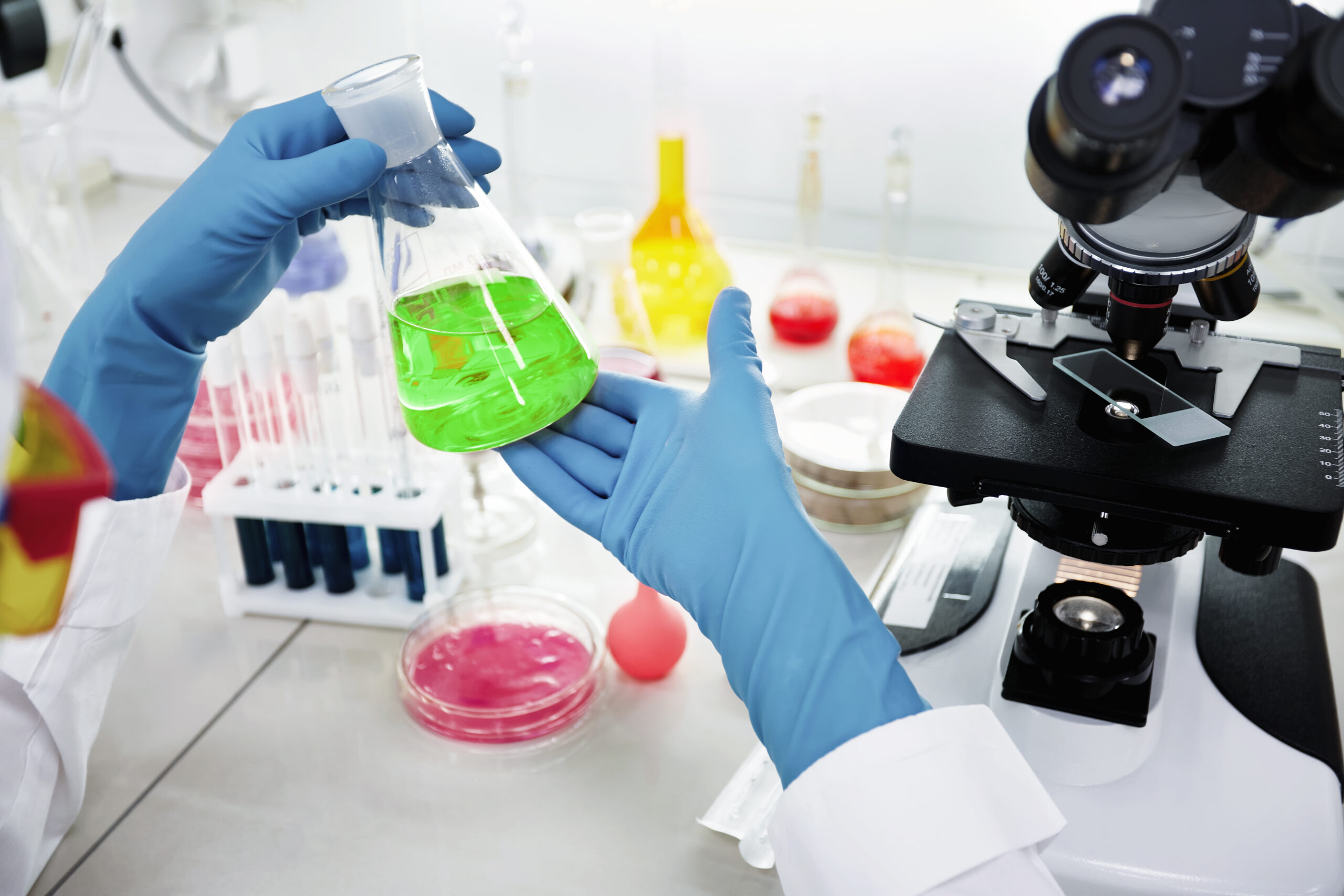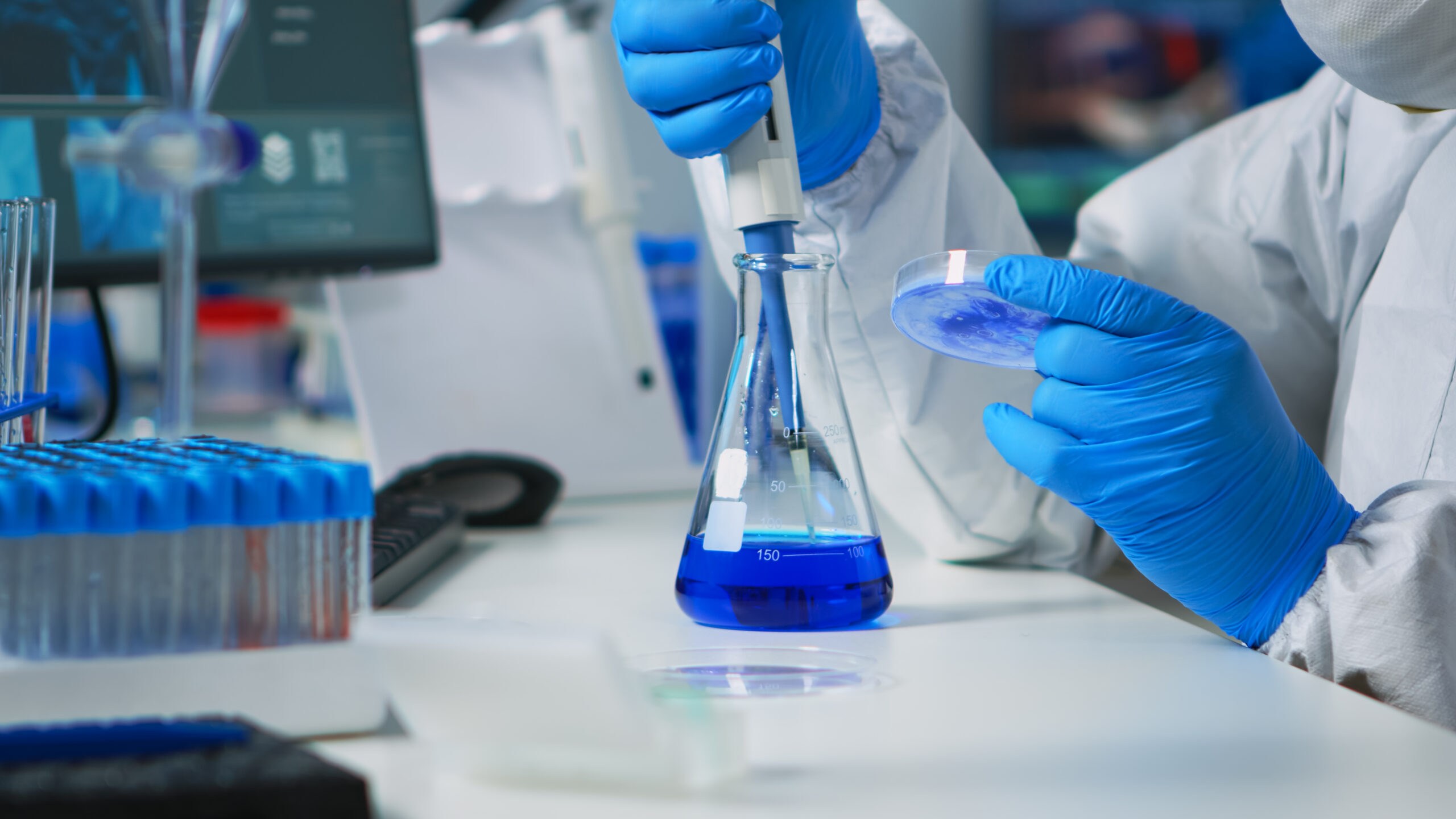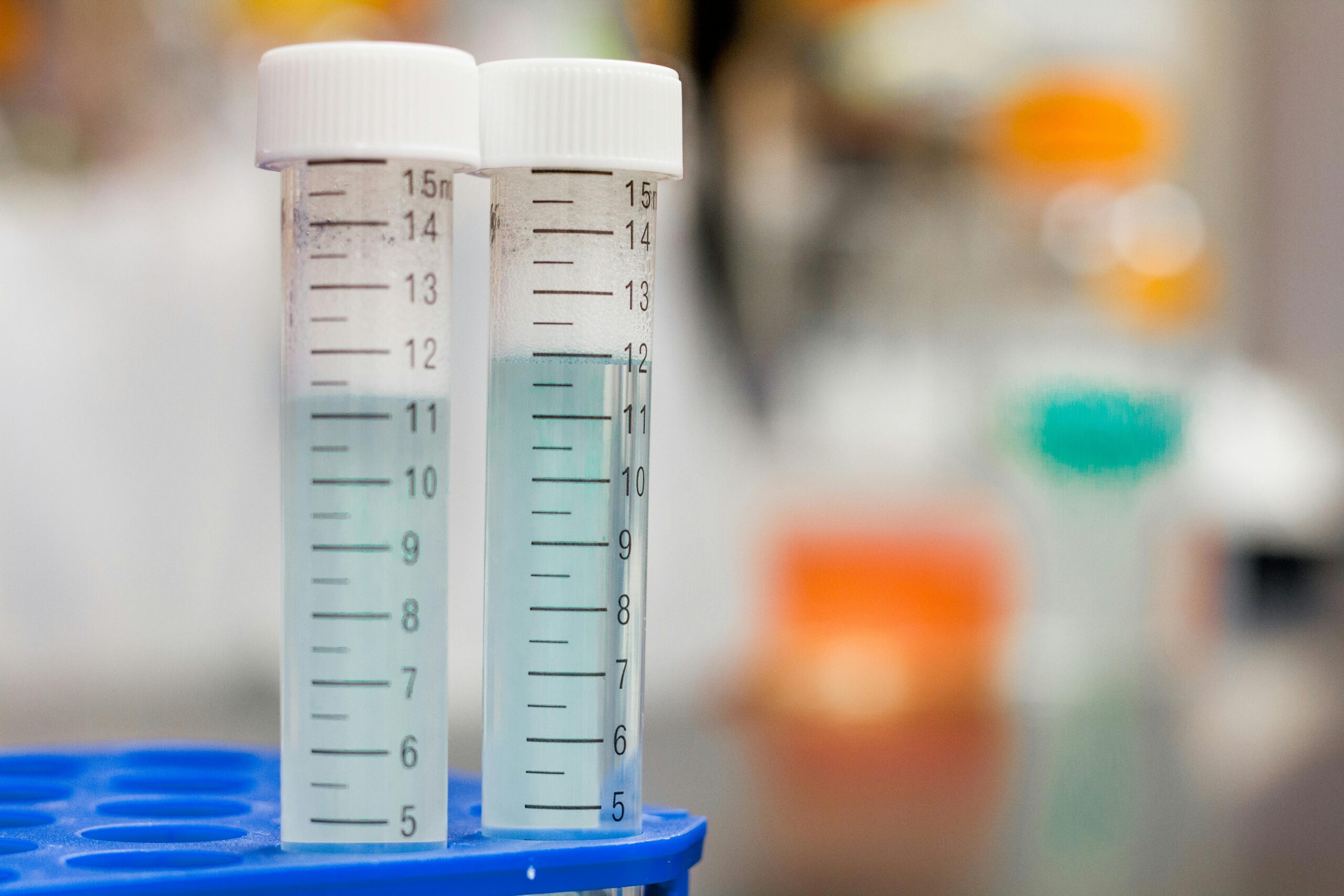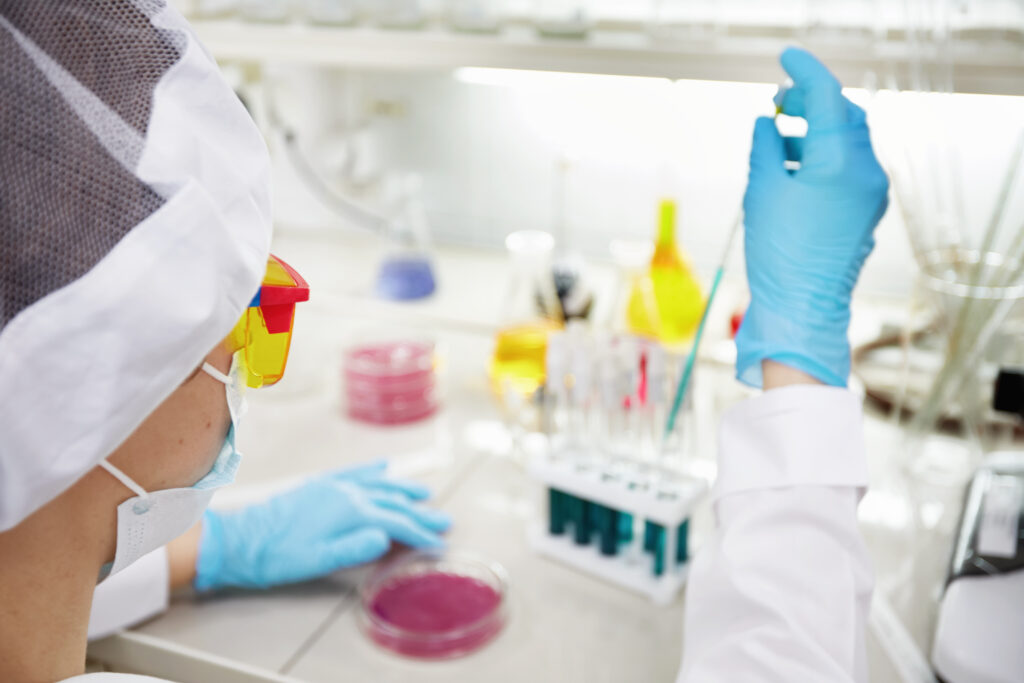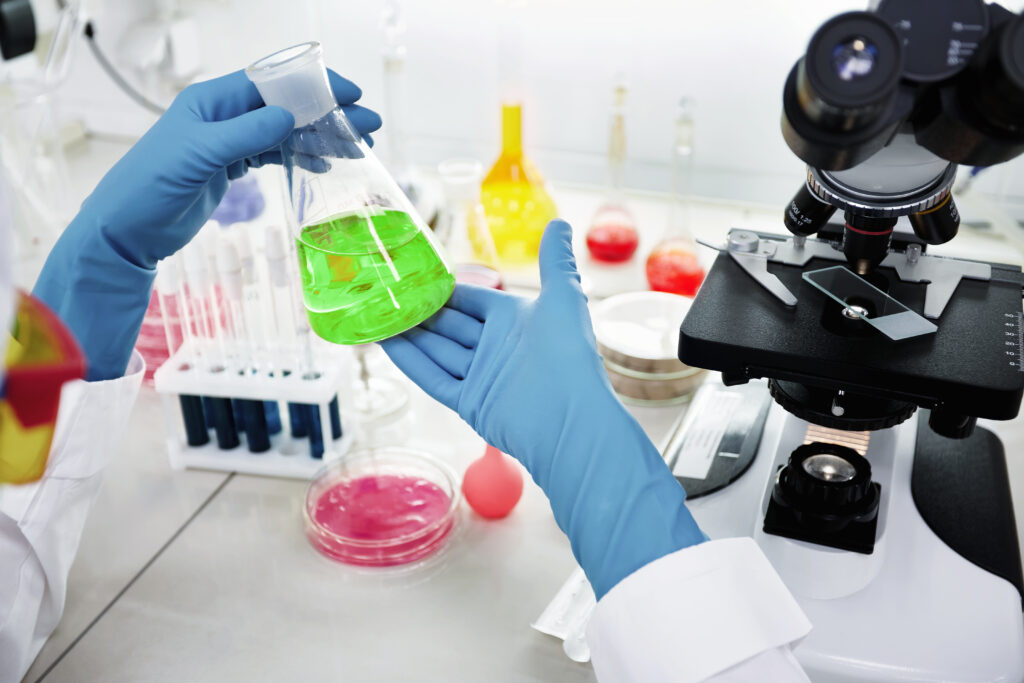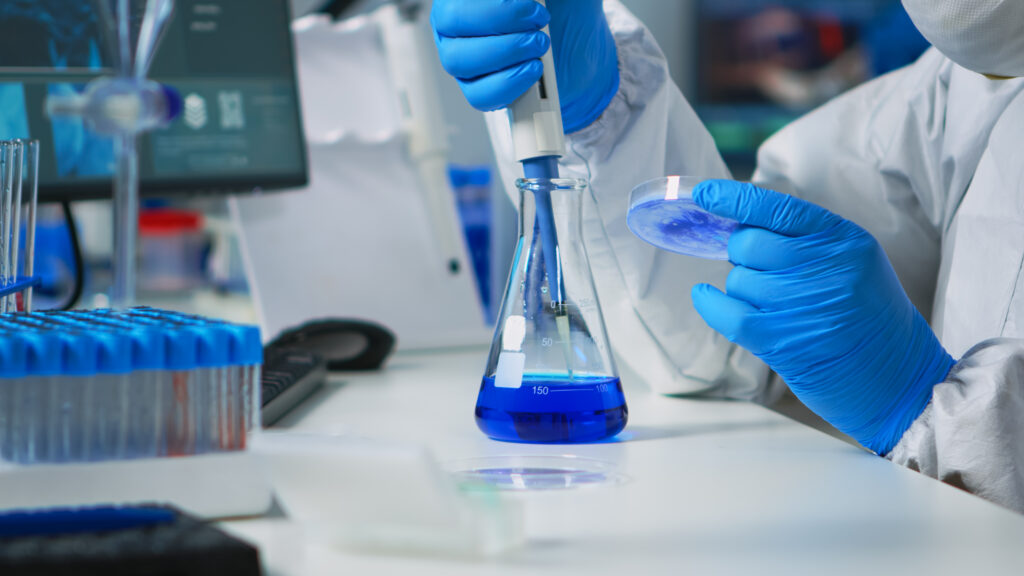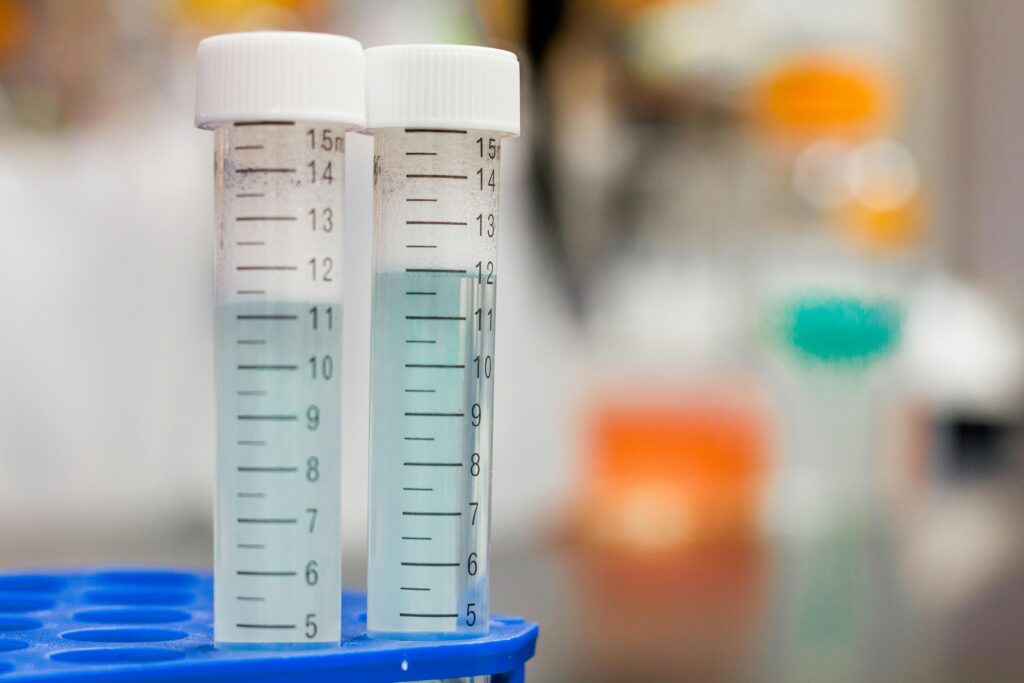Heavy metal contamination in food has drawn increasing attention from throughout the globe because of its important health consequences. Many food items contain heavy metals, including lead, mercury, arsenic, and cadmium, which can be harmful to human health even at low exposure levels. This blog explores the dangers of foodborne heavy metal contamination, the origins of the contamination, and the stringent testing procedures used by food testing laboratories to guarantee food safety.
What is Heavy Metal Contamination?
The term heavy metal contamination describes the hazardous heavy metals found in food items. Numerous channels, such as industrial pollution, agricultural practices, and natural geological processes, might allow these metals to infiltrate the food chain. Heavy metals are particularly harmful pollutants because of their high density and potential toxicity even at low concentrations.
Sources of Heavy Metal Contamination in Food
1. Agricultural Practices: The application of pesticides and fertilizers containing heavy metals, as well as the use of contaminated water for irrigation, can cause an accumulation of these contaminants in crops. For instance, it is well known that rice may absorb arsenic from the soil, particularly in areas where the element is present in the groundwater.
2. Industrial Emissions: Heavy metals are released into the environment by industries like mining, smelting, and manufacturing. Over time, these metals may find their way into the food chain by settling on soil and water sources. For example, customers may be in danger from mercury accumulation in seafood due to industrial procedures.
3. Contaminated Water: Plant and animal products may be impacted by heavy metal-contaminated water sources. Mercury exposure is particularly dangerous for fish and other seafood because it can build up in their tissues.
4. Packaging Materials: Food can occasionally absorb heavy metals from packing materials. Lead solder, for instance, can contaminate the food within cans.
Health Risks of Heavy Metal Contamination
Heavy metal contamination in food can cause a variety of health problems, some of which could be serious and chronic. Numerous variables, such as the kind of metal, the extent of exposure, and the length of exposure, affect how these pollutants affect human health.
1. Lead: Children who are exposed to lead regularly may experience behavioral and learning difficulties as well as other developmental disorders. It can cause renal damage and hypertension in adults.
2. Mercury: The nervous system may be impacted by methylmercury, an extremely hazardous form of the metal. Due to the potential for mercury exposure to harm fetuses’ and newborns’ brain development, pregnant women and small children are especially at risk.
3. Arsenic: Prolonged exposure to arsenic can cause diabetes, skin rashes, cancer, and cardiovascular disorders. Even at modest exposure levels, there are considerable health concerns associated with this proven carcinogen.
4. Cadmium: Cadmium exposure can harm kidneys, demineralize bones, and raise the chance of developing cancer. Over time, it builds up in the body and can be hazardous even at low exposure levels.
Testing Protocols for Heavy Metal Contamination
Given the serious health risks associated with heavy metal contaminationStrict testing procedures are necessary to guarantee food safety. To identify and measure heavy metals in food products, food testing laboratories are essential. These laboratories run as follows:
1. Sample Collection and Preparation: Gathering representative samples from the food product is the first stage in testing for the presence of heavy metal contamination. After that, these samples are homogenized, dried, and ground to make sure they are homogeneous before being examined.
2. Analytical Methods: To identify and quantify heavy metals, food testing laboratories use a variety of analytical methods. Several of the most popular techniques are as follows:
Atomic Absorption Spectroscopy (AAS): This method examines how light is absorbed by metal atoms to determine the concentration of heavy metals.
ICP-MS, or inductively coupled plasma mass spectrometry, is a very sensitive method that can identify even minute amounts of heavy metals. It ionizes the material and calculates the ions’ mass-to-charge ratio.
X-Ray Fluorescence (XRF): XRF is a non-destructive technique that measures the fluorescence released when an object is exposed to X-rays to determine the elemental composition of the sample.
3. Quality Control: It’s critical to guarantee the precision and dependability of test outcomes. Strict quality control procedures are used in food testing labs, such as proficiency testing, calibration standards, and the use of recognized reference materials.
4. Regulatory Standards: The levels of heavy metal contamination in food are subject to regulations that have been set by various nations. These rules apply to food testing facilities, guaranteeing that food items fulfill safety requirements before being consumed by customers. For instance, maximum amounts of pollutants such as lead, cadmium, and mercury in certain food items have been imposed by the European Union and the United States
5. Reporting and Action: After testing is finished, comprehensive reports are created that include the results. Appropriate measures are performed if contamination with heavy metals is found to be over allowable limits. This can entail alerting regulatory bodies and recalling the tainted product.
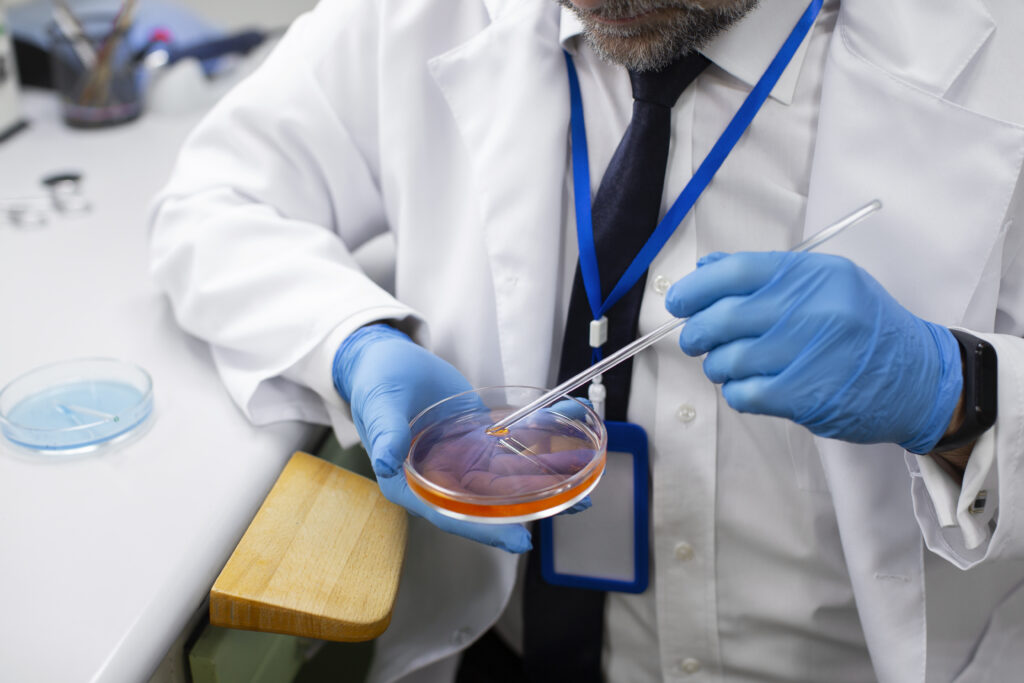
Preventive Measures and Consumer Awareness
While testing protocols are vital, preventive measures are equally important in reducing heavy metal contamination in food. Here are some strategies:
1. Adopting Good Agricultural Practices (GAP) can help farmers reduce the chance of heavy metal contamination. This entails analyzing soil for heavy metals regularly, avoiding the use of tainted pesticides and fertilizers, and irrigation with clean water.
2. Sustainable Industrial Practices: To lessen the emission of heavy metals into the environment, industries should use ecologically friendly procedures. This entails following environmental laws, managing trash properly, and utilizing cleaner industrial technology.
3. Raising Consumer Awareness: It’s critical to inform customers about the dangers of heavy metal pollution and the best ways to reduce exposure. For example, customers can lower their risk by choosing safer fish options like salmon and sardines instead of fish species known to have high mercury levels, such as shark and swordfish.
4. Frequent Monitoring: Regulatory agencies and food testing laboratories continuously check food products for heavy metals to make sure that contamination levels stay within acceptable bounds. This constant watchfulness contributes to both public health protection and consumer confidence in food safety.
Advances in Testing Technology and Future Directions
Technological developments are a major factor in the ongoing evolution of the food testing industry since they improve the detection and measurement of heavy metal contamination. Modern food testing facilities are furnished with state-of-the-art equipment that provides increased accuracy, precision, and sensitivity. These developments are critical to maintaining food safety and safeguarding the general public’s health.
Emerging Technologies in Heavy Metal Detection
1. Laser Ablation Inductively Coupled Plasma Mass Spectrometry (LA-ICP-MS): Allows for the measurement of heavy metals in food samples in a spatially resolved manner. It minimizes the possibility of contamination and eliminates the requirement for intensive sample preparation by enabling the direct examination of solid samples.
2. Electrochemical Sensors: These sensors offer a quick and affordable way to find heavy metals. They are perfect for monitoring contamination in a variety of locations, such as farms and food processing facilities, because they are portable and may be utilized for on-site testing.
3. Nanotechnology: Research on the use of nanotechnology in heavy metal detection is very promising. The utilization of nanomaterials, like gold nanoparticles, boosts the sensitivity of detection techniques, making it possible to identify even minute levels of heavy metals in food samples.
Conclusion
Food contamination by heavy metals is a serious public health concern that needs to be managed and reduced with the use of comprehensive measures. To effectively avoid and control these toxins, it is imperative to comprehend their sources and the effects they have on human health. To verify that food items adhere to safety regulations, food testing facilities are essential for the identification and measurement of heavy metals. Good industrial and agricultural practices, more consumer education, and stringent testing procedures can all help to lower the danger of heavy metal contamination and protect public health.

